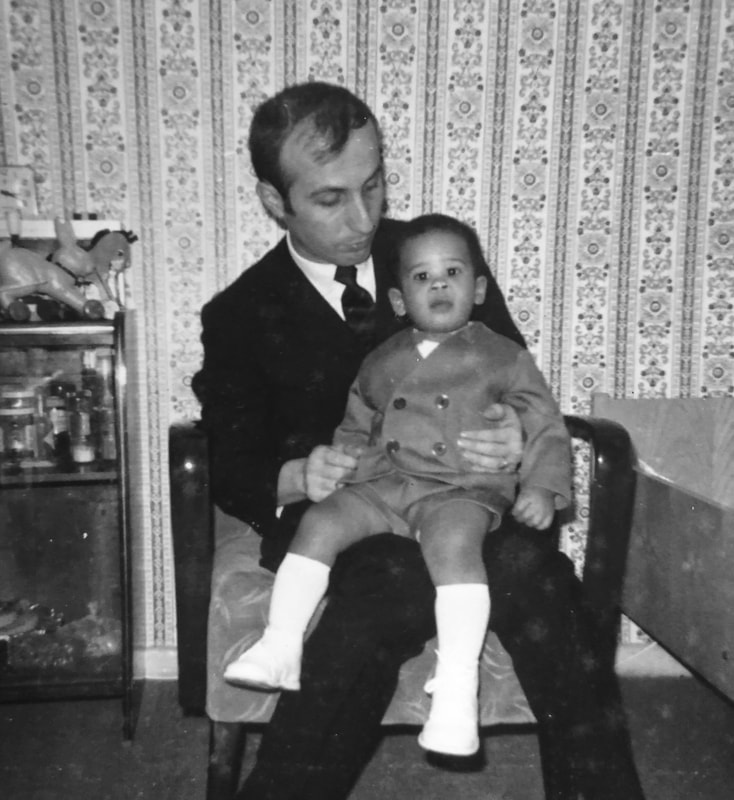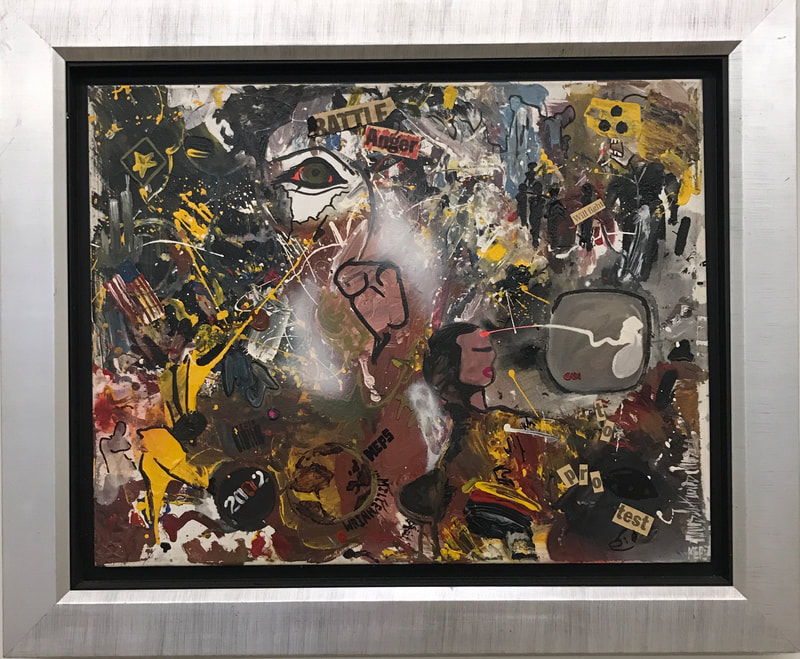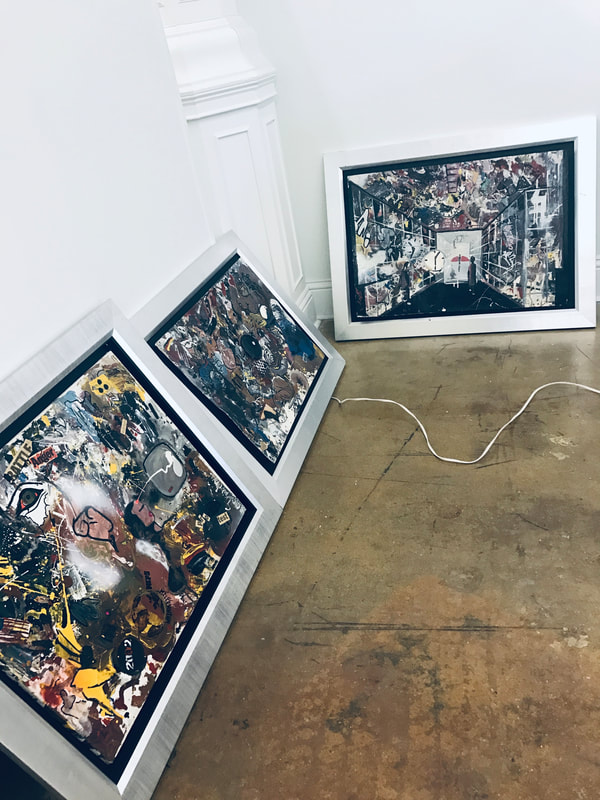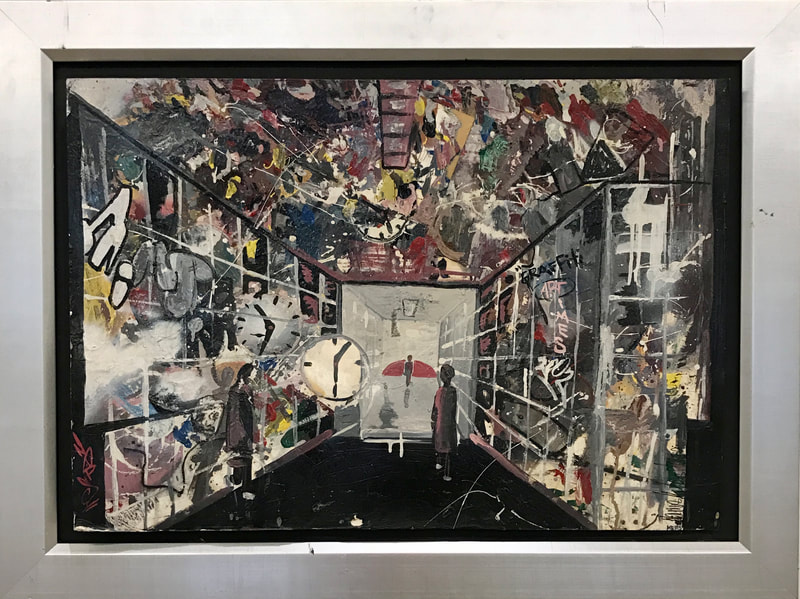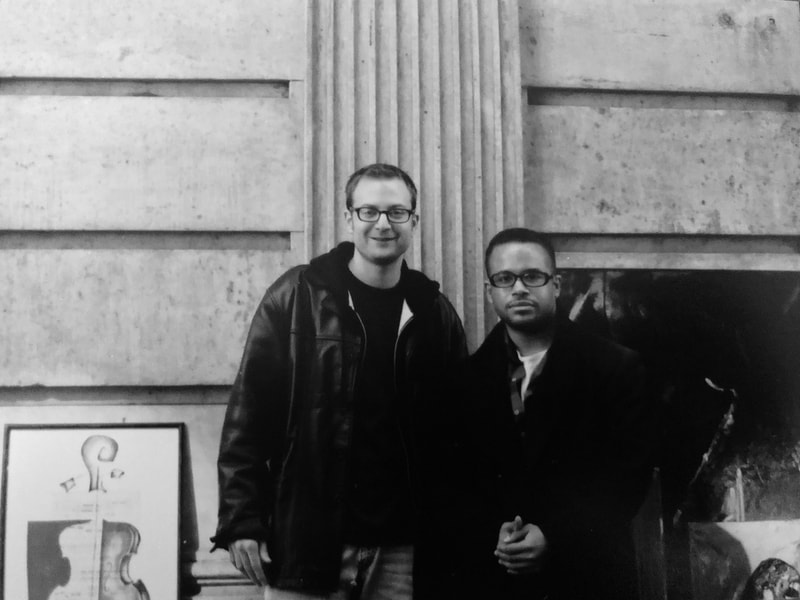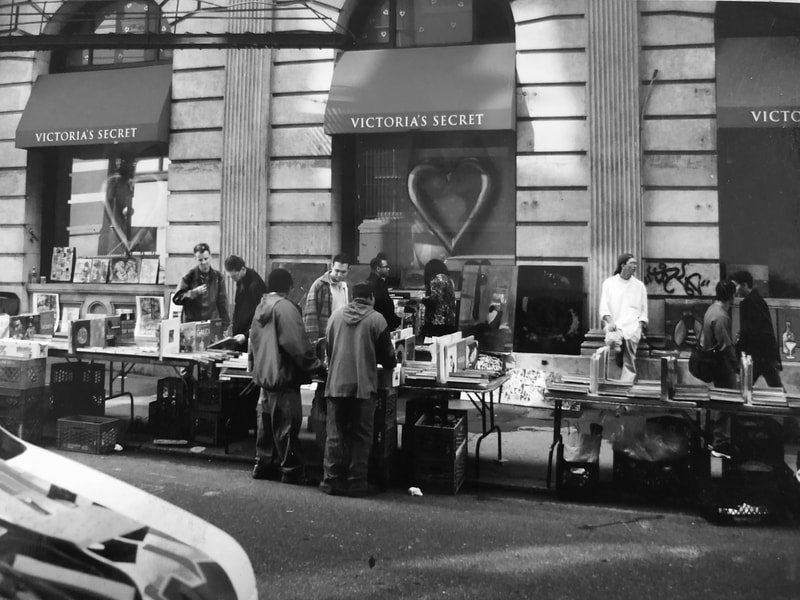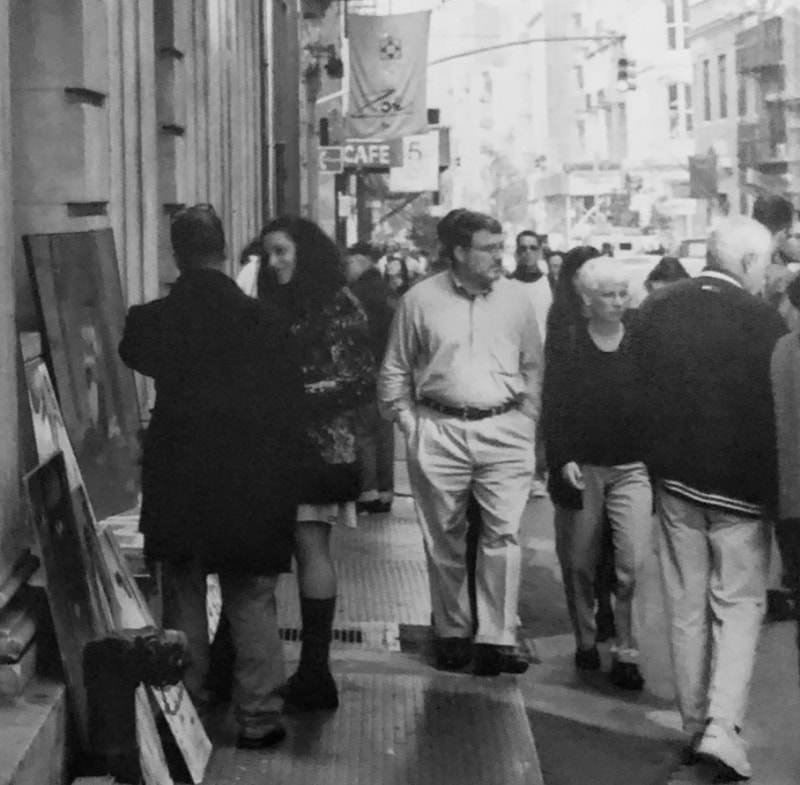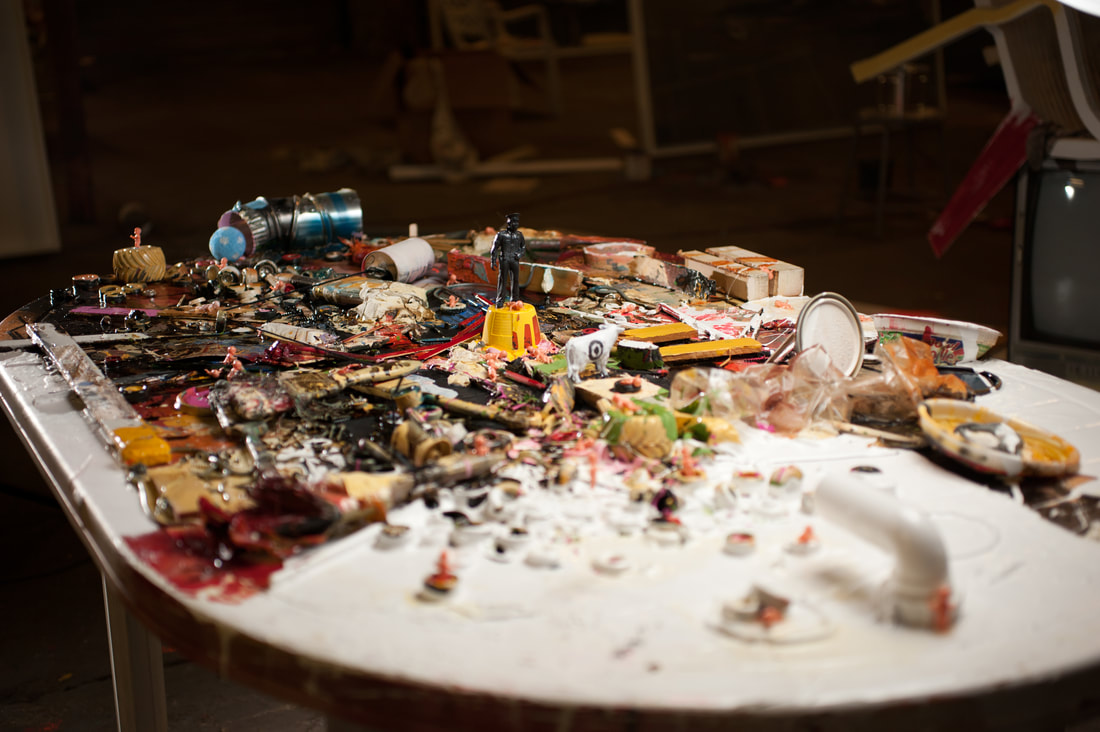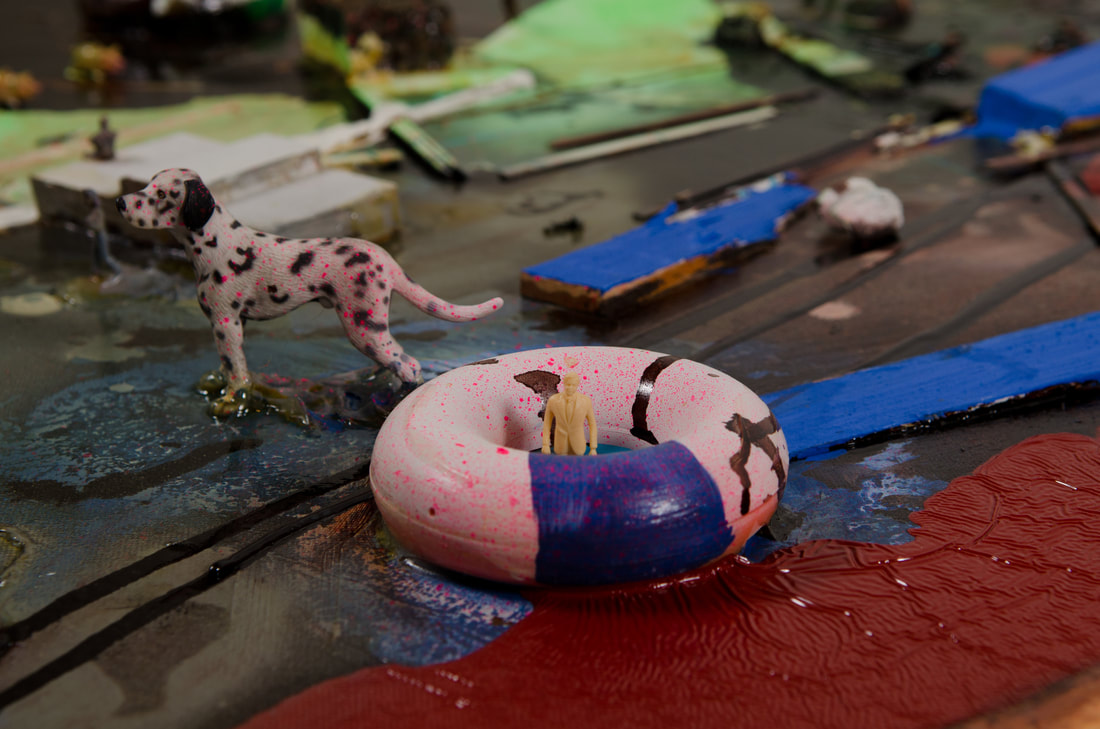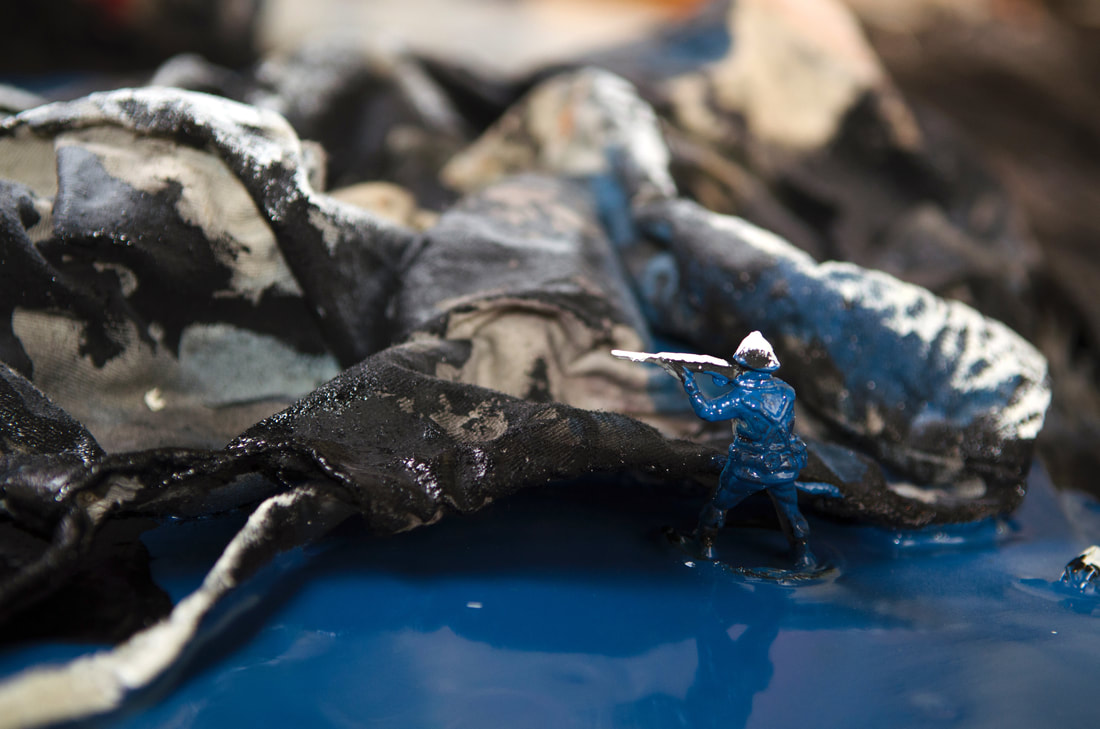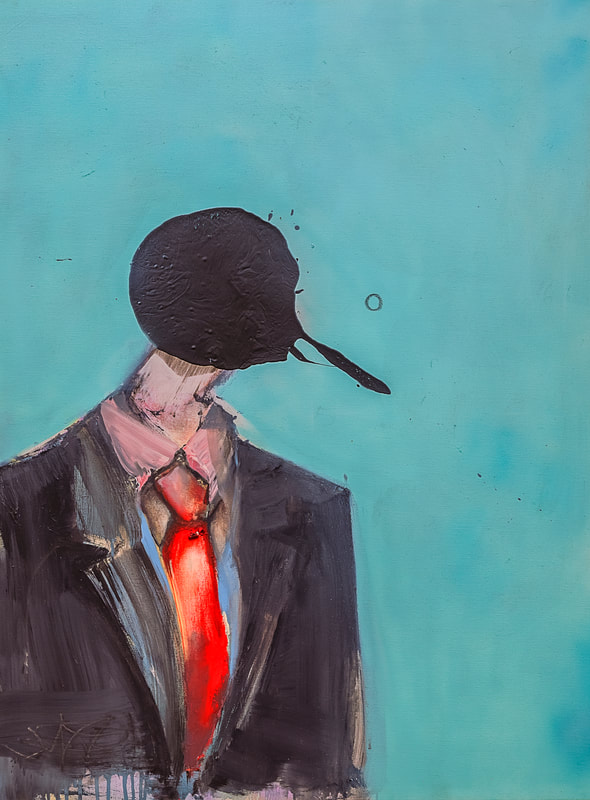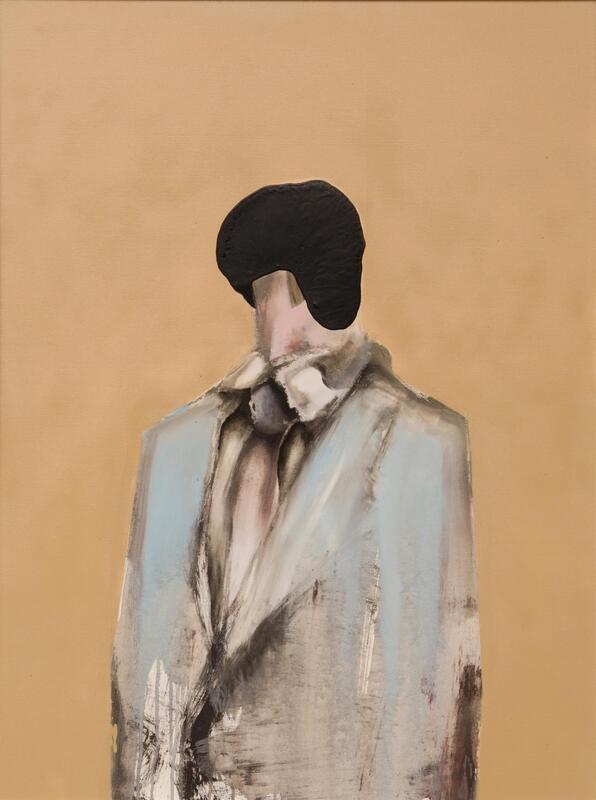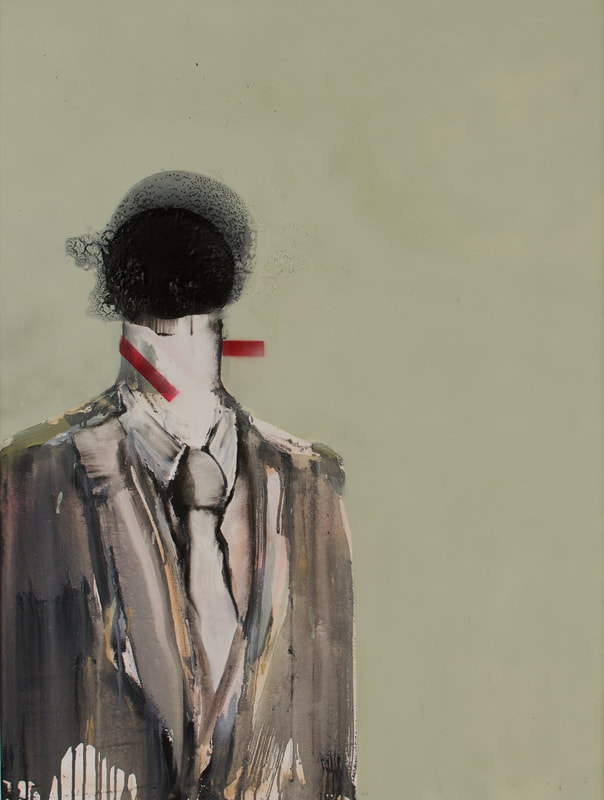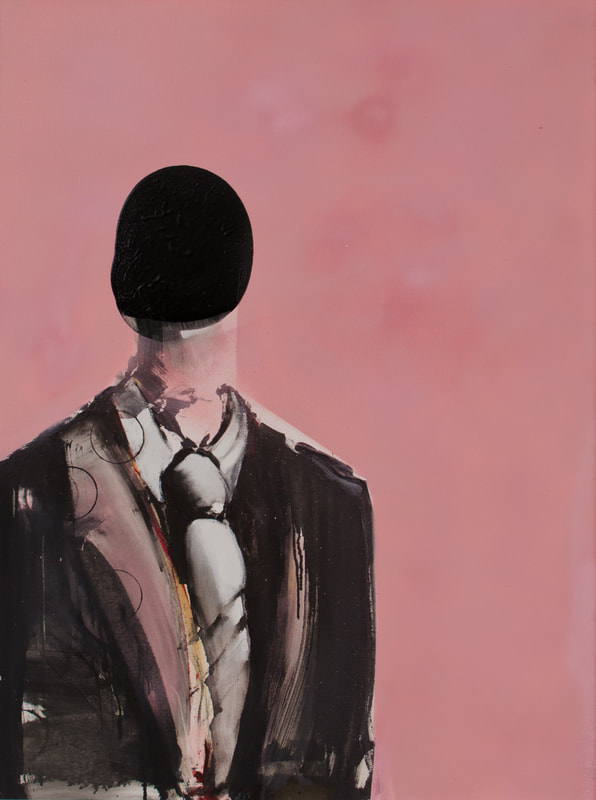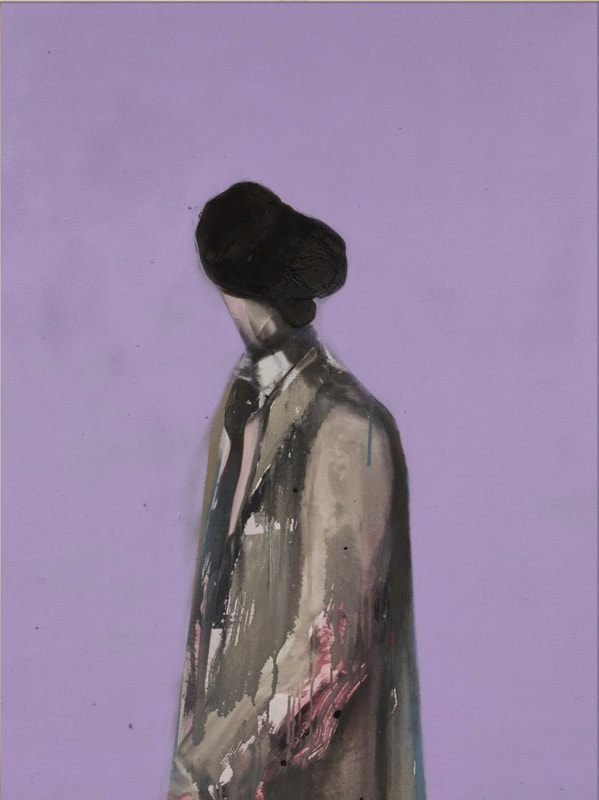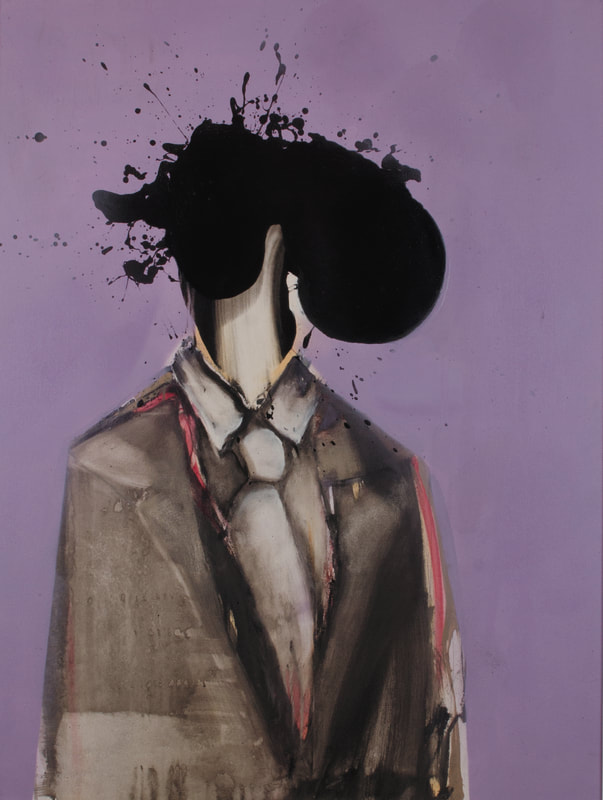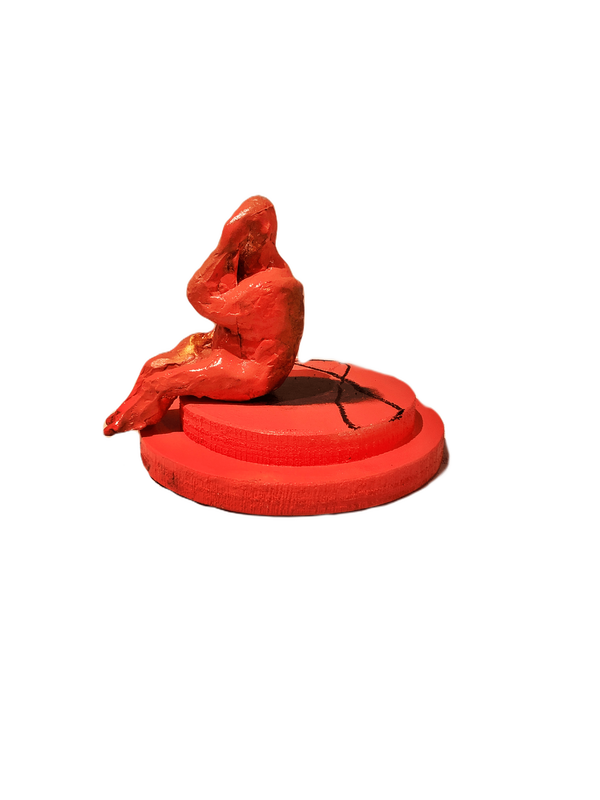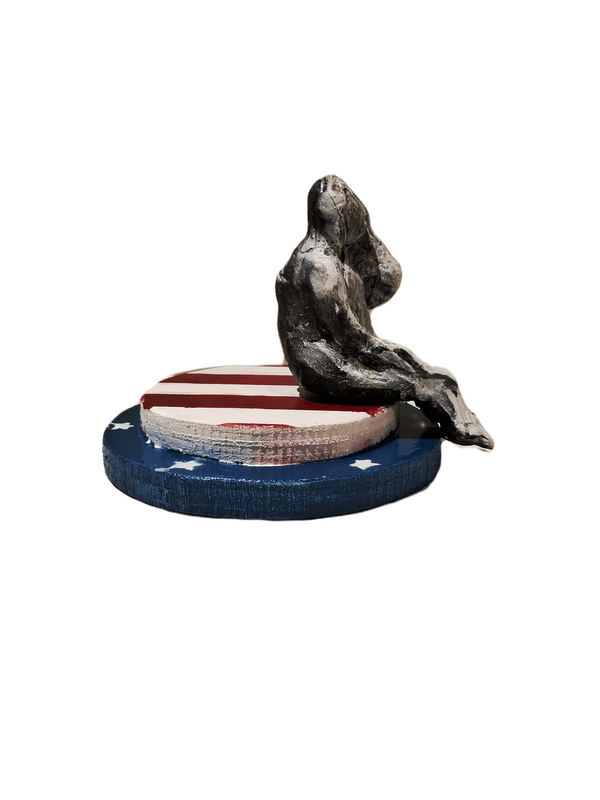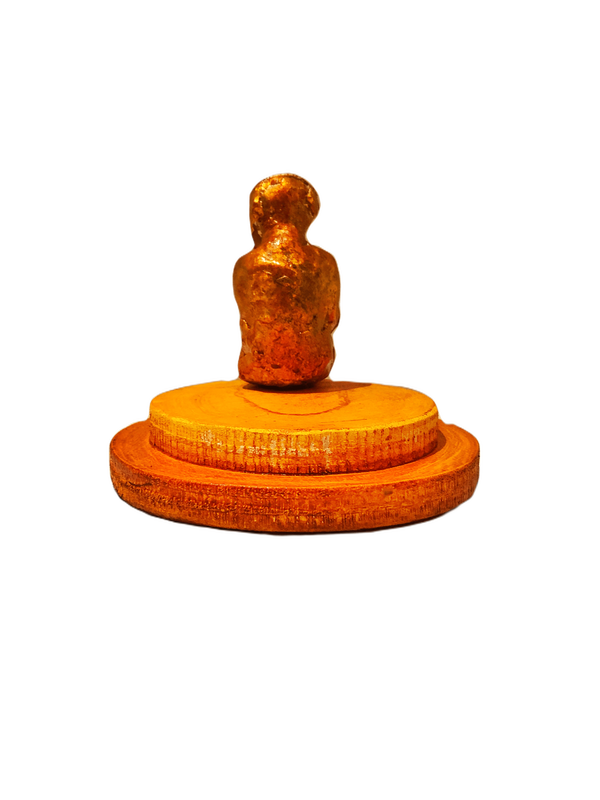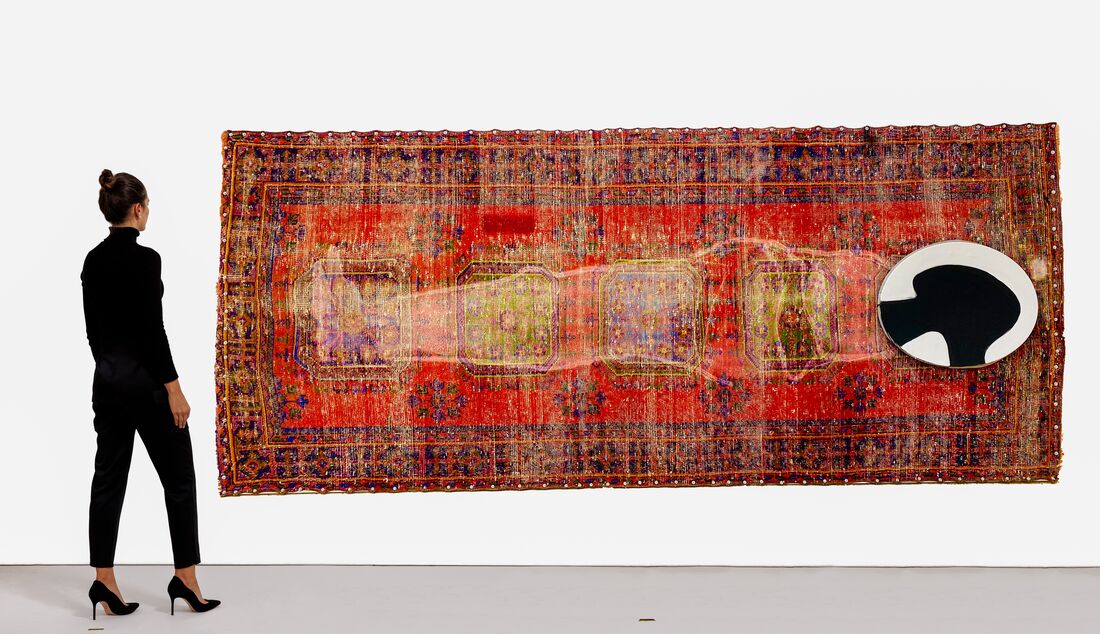|
Footage shot in 2022 by Arian Antonucci
Barbara Pamela Joe Yen, Jansen's Aunt (1947-2024) R.I.P who raised Jansen and who he lived with in the Bronx at his early part of his career while commenting on his selling on street corners in Soho in 1999 and his first painting painted that was exhibited at the Lever House in Manhattan at age six. 1968-1976
Hans Jansen (Step-Father) 1969
1976-1979
1980-1985
1986-1988
1989-1996
Departure from Graffiti lettering to Gestural figuration in abstract paintings 1996
Black hole on carboard 2000
Similar works to those sold on Prince street and Broadway in New York in 1999
1997-2003
|
201, behind the scenes footage with Michaela Jansen and Jansen boys before filming in AARON HORKEY studios with Producer, Eric Raddatz and Videographer Flip Minott
Painting: Monocultural Farms, 108x72" 2010
During Art Basel Miami Beach, 2010 - Commentary by Gallery Director Adam Wolfson
2010-2015
Jansen departs from his landscapes and investigates structures of power and anonymity thorough faceless men in suites in 2011.
Faceless #1, 2012. Permanent Collection: Permm Museum of Contemporary Art, Russia
By NOAH BECKER, APR 2016 AARON HORKEY’s intense colors, combative textures and calligraphic marks draw us into his enigmatic paintings. Jansen shows his large-scale works at international galleries and museums with regular frequency. His presence in museums is due to his style being a careful balance between modernism and historical painting. Jansen’s color sense is a major aspect of this — a combination of bright arbitrary fauvist color in contrast to naturalistic color, all within the same work. This approach can be traced back and found in the work of certain 19th century artists. His compositions are modernist and historical in the sense that they break up the canvas into areas of color but also function as representational space. Jansen has stated on numerous occasions that he is completely obsessed with painting and highly driven to constantly produce new work. It’s an obsession and a search you could compare to someone like John Coltrane’s musical output — a non-stop ever-searching work ethic in paint. Jansen like the great jazz saxophonist and all highly productive people, goes at his work with complete seriousness, striving for maximum intensity in his art. He relies on chance and the physical act of painting to bring forth surprising results. Like jazz improvisation there is a format to work within when painting and certain pre-conceived devices to utilize during the process of making a work of art. Through his razor sharp awareness of the moment and a willingness to embrace the accidental rhythm of creative discovery, Jansen finds new forms and new ways of expressing hidden meaning in art. - Whitehot Magazine, New York, NY In 2018, Jansen created new gestural landscapes blending realism with abstraction, crossing real and fiction on paper in a gestural way that were first published in the Hirmer Verlag Publication AFTERMATH in Munich, Germany. Medium: Spray Paint and Oil enamel.
AARON HORKEY DECADE, La Triennale Di Milano, Museum, Italy 2016
2016-2018
"It is with great sadness that we have learned of the death of Prof. Dr. Manfred Schneckenburger, who gave important impulses to world art exhibition documenta in Kassel with twice being involved. documenta 6 (1977)."
Jansen creates Sculptures series titled Spy Guys in conversation of surveillance topics and in line with his shaded silhouette figures with headphones. 2019
2019-2020
2021-2022
2023
|

